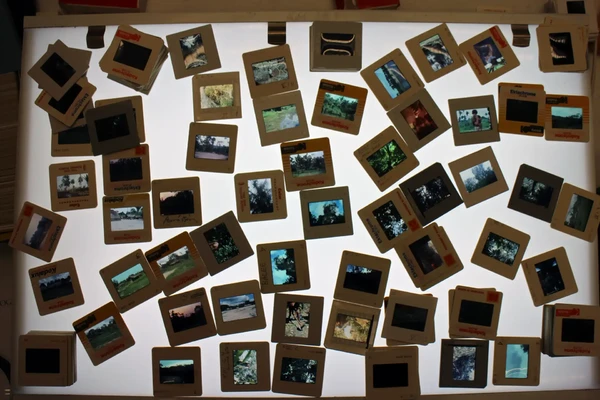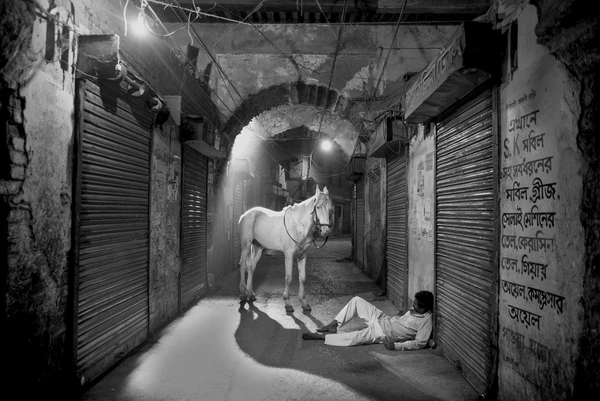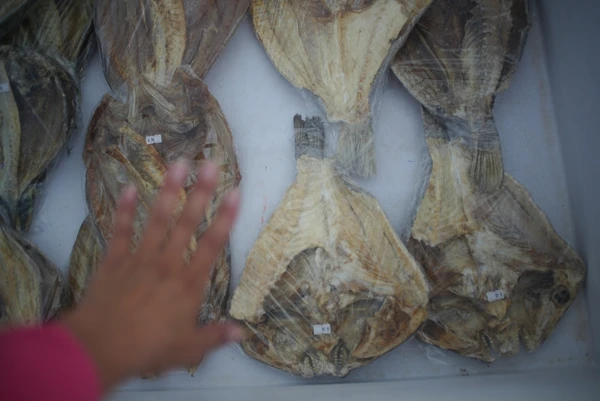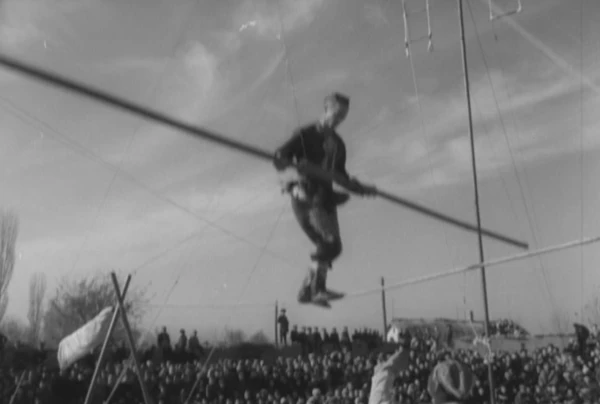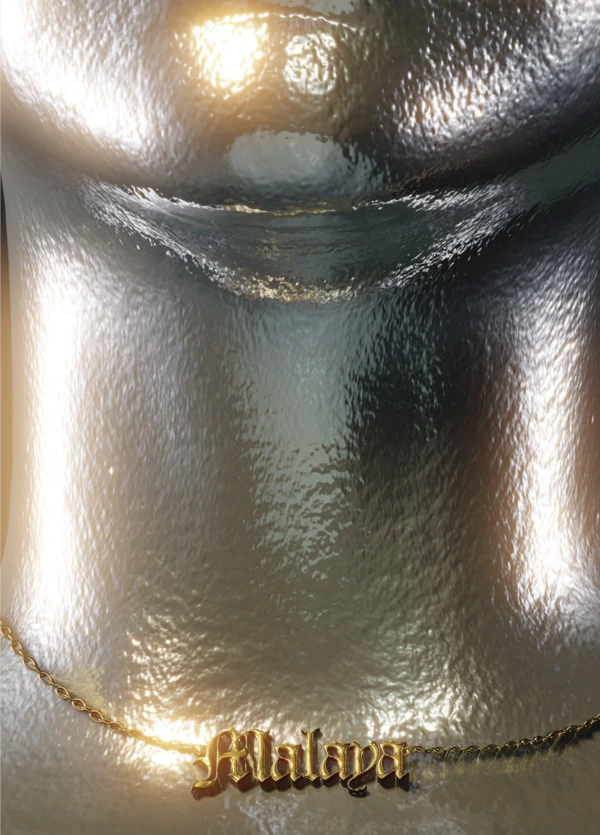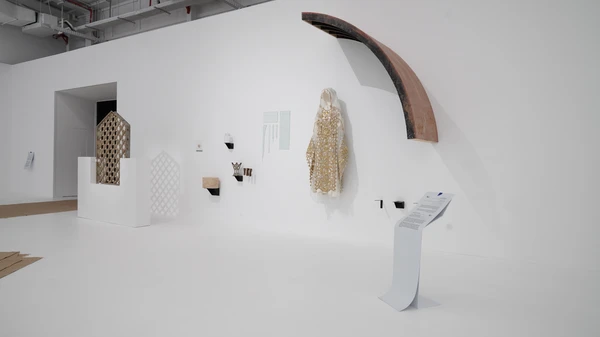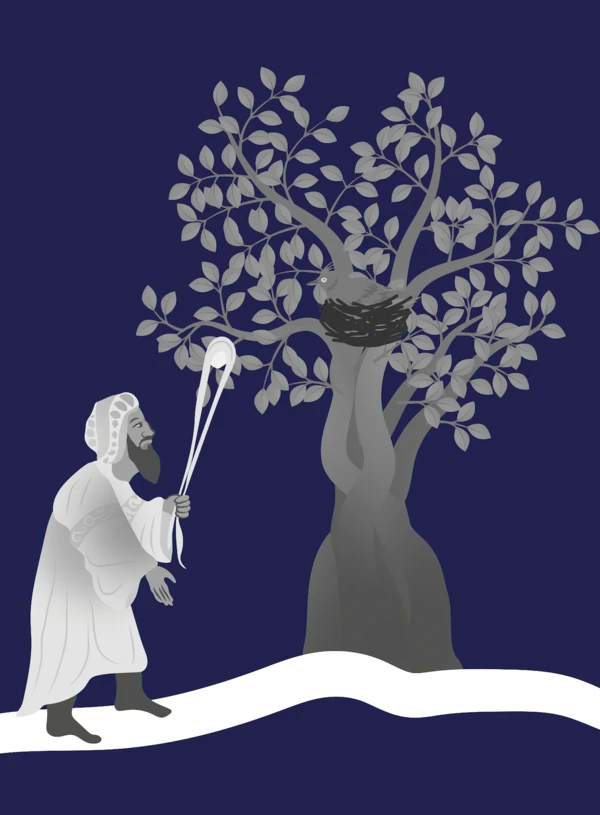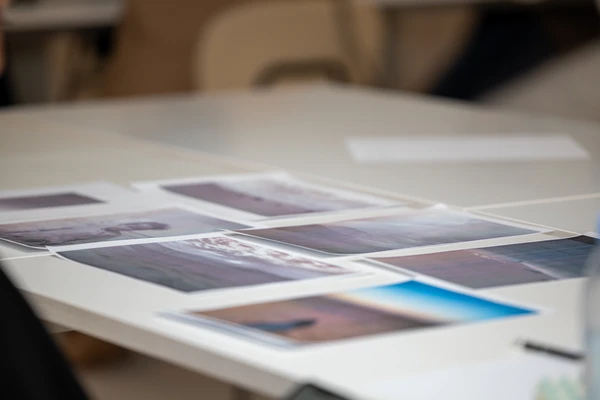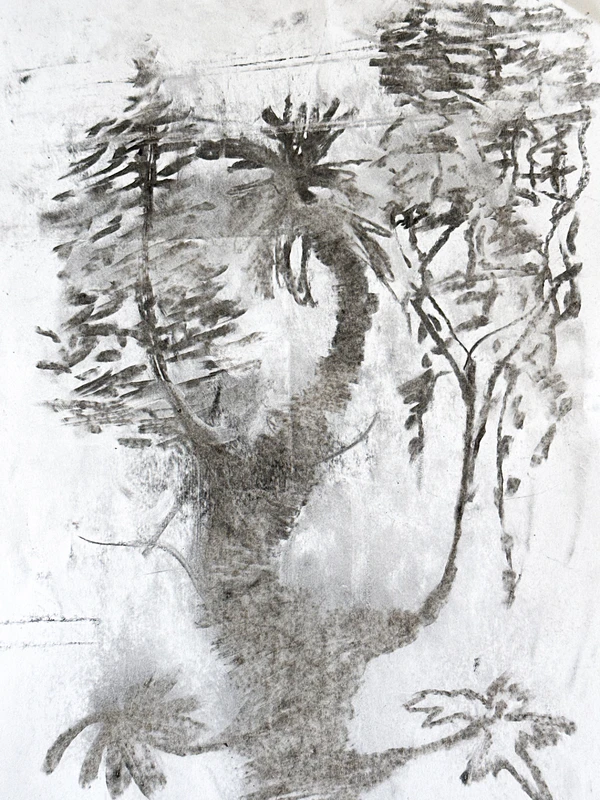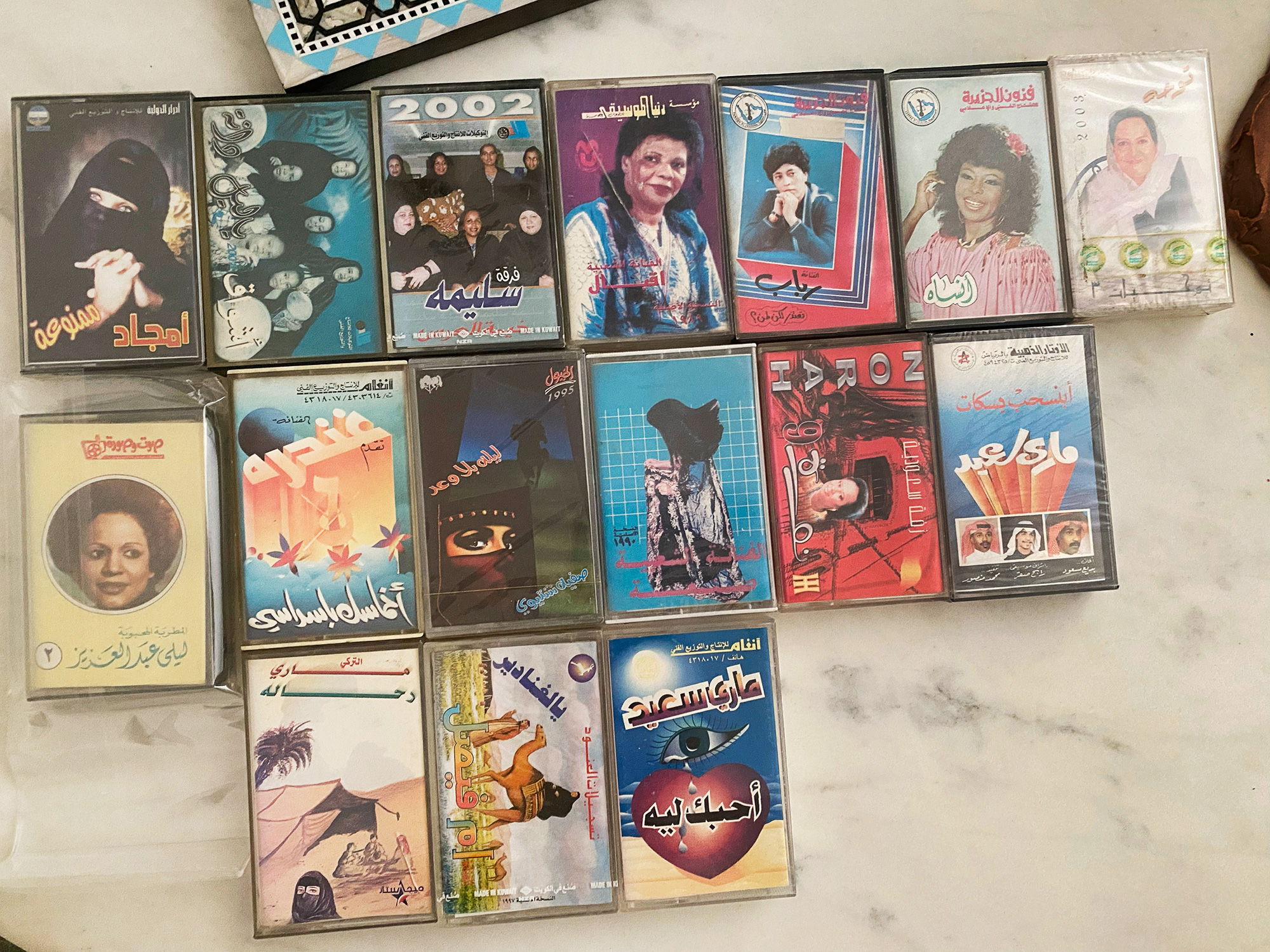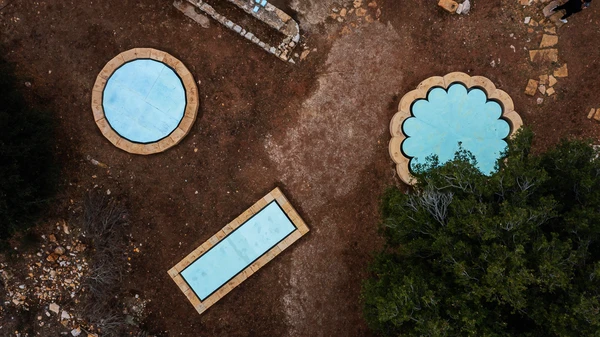Fragments from Railtrack Songmaps
Migrant Ecologies Project

The tangled heart of Railtrack Songmaps research is an immersive, sound-rich, interactive media archive of 32 species-specific short films, found in the research section for the Diriyah Biennale. Each film develops from the song of one of 105 bird species found along the railtracks at Tanglin Halt, in chorus with human voices.
Tanglin Halt was one of the first public housing development estates in Singapore and had grown over fifty years into a close-knit residential community, adjacent to the former tracks of the Malaysian railroad in southwest Singapore. Many residents had lived in Tanglin Halt for most of their lives. However, they have recently been relocated due to a projected redevelopment and gentrification of the area which has accompanied the conversion of the tracks into a more manicured, urban park-connector. The rail tracks themselves date from the British colonial period, and for many decades the railway comprised an important economic and emotional connection between Singapore and Malaysia. An approximately five-meter slice of land on either side of the tracks, in addition to the railway itself, was owned by the Malaysian state until 2011. This strip of indeterminate governance, running through the heart of Singapore, played host to a fecundity of human and nonhuman activities, ranging from the informal to the feral.
Migrant Ecologies collaborators have explored a series of pathways through this troubled nexus of urban nature by probing the existing relationships between humans and birds along the tracks. Evolving over many years of listening to birds and developing conversations with humans, the project and its series of exhibitions, trace rich seams of interspecies communications, projections, memories, and song.
What we offer here are fragments from over a decade of sound and visual engagement with a contested zone along the former tracks of the Malaysian state railroad at Tanglin Halt, a neighborhood of Singapore that has undergone considerable social and environmental change.
Malay language bird pantuns
Some of the films contain fragments from a series of poems dedicated to particular species of birds in the form of Malay pantuns. Pantuns are Malay poetic forms consisting of four lines of verse and alternating rhyming lines. As oral forms expression, they are sometimes performed in live competitions, in which poets try to improvise the best verses—not unlike the competitive songs of birds. For Railtrack Songmaps Singapore poet and writer Alfian Sa’at compiled and translated pantuns related to a series of bird species found around Tanglin Halt. A full list of these pantuns are found in the research gallery of the Diriyah Biennale
About the images
The bird cinematography and stop motion animation in these films have evolved from a process entitled ‘Avian Web-Re-Wild’. This involved downloading and printing online images and video frames of birds from the Nature Society’s bird count. Davis and Kee then ‘re-wilded’ these images as OHP transparent puppets in sites along the tracks where the birds were last encountered. This method was entirely dependent on the appearance of sunlight in order for an ephemeral shadow of a bird to be cast on a construction site, desire-path, leaf or tree where the bird was last seen or heard. A number of the sites had changed beyond recognition since the time of the survey. Another approach involved printing frames from online videos, cutting out thousands of forms of birds and re-animating these cut-out paper frames.
About the sound
The sound for each of these films was co-developed intuitively from interview transcripts edited by Lucy Davis and Singapore writer Cyril Wong, and interwoven by Zai Tang, with field recorded bird calls and songs that he gathered along the railtracks for this project. A selection of Zai’s recordings can also be found here.
In the films the human-bird combinations were often as much about the cadence or timbre of someone’s voice and how this evoked a particular bird call (and vice versa) as they were about the actual content of the spoken human fragments or our ornithological knowledge of the birds in question.
- Story-tellers and voice artists: Lim Kim Seng; Alan OwYong; Shamla Jeyarajah Subaraj; Subaraj Rajathurai; Ow Yong Sue Lin; Esther Kamala & Jonathan & Chellamah; Raman bin Pabong; Jumaidah binte Shabbeer Hassan; Zulkifflee Raman; Hamwal Kaseem alias Rahim; Chua Thiam Seng; Ngo Meng Heng; Wang Luan Keng; Alfian Sa’at; Fezhah Maznan; Nabil Siregar; Ong Si Hao; Uston Lim; Tan Si Lin; Cheryl Pek Seng Yee; Kee Zhong Hern; Muhamad Zinedine Ariffin.



